Scientist-led conferences at Harvard, Stanford and MIT
-
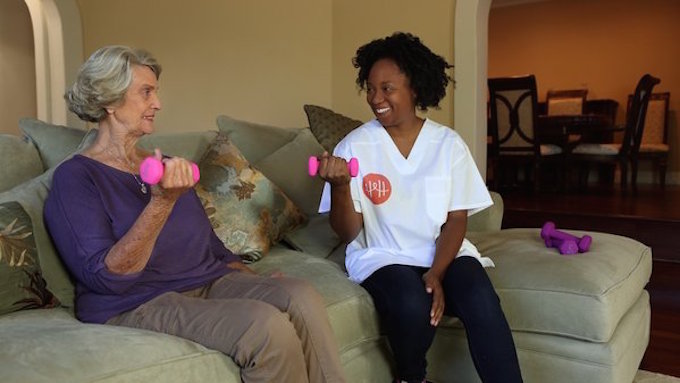
Senior caregiver matching + crowdfunding
HomeHero is a senior caregiver site that uses an algorithm to match families with carers, and provides video interviews, daily, mobile access to care reports and security camera feeds. While it is not the only caregiver matching site, it is perhaps the slickest, and has one standout feature — the ability to crowdfund care via…
-
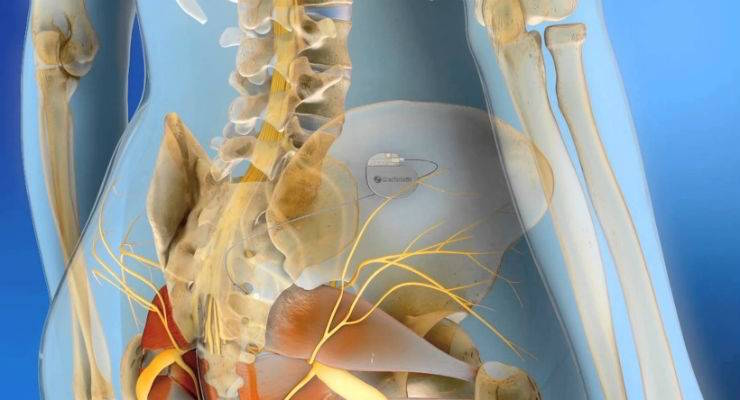
Implant + wearable to track neuromodulation effectiveness
Medtronic is linking its implanted devices with Samsung’s phones and tablets to better monitor the effectiveness of neuromodulation technologies. (Click to view Samsung release.) Those with implanted neurostimulators, which send electronic signals to targeted areas of the brain to block symptoms, can have a more active role in the management of their diseases. Parkinson’s, essential tremor and…
-

3D games boost memory test performance
A study by UC Irvine professor Craig Stark has shown that playing 3D video games can boost performance on memory tests by up to 12 percent. (This is the typical percentage of lost memory function from ages 45 – 75.) 69 non-gamer college students were split into 3 groups. For two weeks, 2 groups played either a 2D…
-
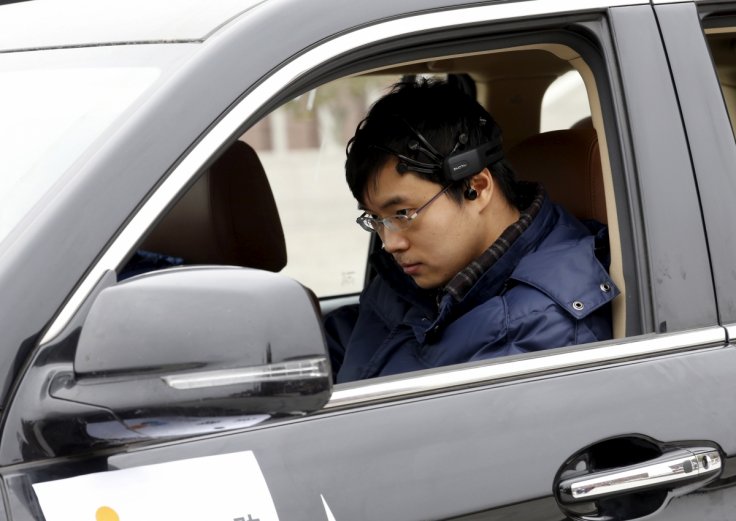
EEG device enables thought controlled car
Duan Feng of Nankai University, in collaboration with Great Wall Motor, has developed a car that can be controlled with the brain. A 16 sensor EEG device allows a driver to move the car forward and backward, stop, and lock and unlock the vehicle. At this point, fully operating the car with thoughts is not possible. According…
-
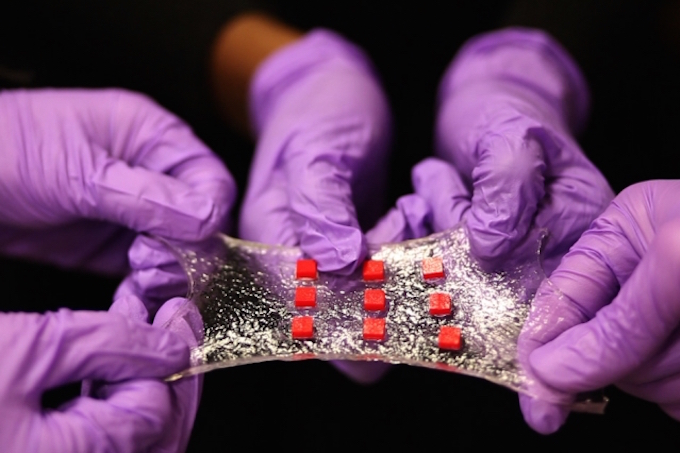
Flexible hydrogel bandage senses temperature, releases medicine
MIT’s Xuanhe Zhao has designed a bandage that releases medicine in response to changes in skin temperature. It can be programmed to light if wound attention is required, such as when medicine is low. The flexible, gel-like material incorporates temperature sensors, LED lights, other electronics, and tiny, drug-delivering reservoirs and channels. Zhao believes that hydrogel coated…
-

Toward embryo brain activity tracking
Hari Shroff and NBIB colleagues have developed open-source 3D software that might lead to the ability to track a human embryo’s brain activity and development. To date, the technology has only been tested on worms and will be part of a 4D neurodevelopmental “worm atlas” that attempts to catalogue the formation of a worm’s nervous system. Shroff believes…
-

Needle-free blood draw + smartwatch
Google has filed a patent for a “needle-free blood draw” system that could be incorporated into a wearable. The filing describes a machine that sends a pulse of gas into a barrel containing a “micro-particle” that can puncture the skin and draw a small drop of blood. This could dramatically improve the management of diabetes, and continues…
-

VR game to combat anxiety
Games designed to improve attention and memory are growing rapidly. Now the neurogaming movement is tackling panic and stress. Deep is an Oculus VR based game by Owen Harris that is meant to relieve symptoms of anxiety. The headset, headphones, and a belt that matches a player’s breathing with on-screen movements, are used to encourage breathing…
-

Wearable, home, school sensors + app predict asthma attacks
ApplySci is pleased to report another sensor-based initiative to combat asthma. Alex Bui and colleagues from UCLA and USC are creating technology for smart phones and watches to identify asthma attack triggers. The program is part of the National Institute of Biomedical Imaging & Bioengineering’s Pediatric Research using Integrated Sensor Monitoring Systems initiative. The platform will transmit data to a phone from…
-

Medication sensing inhaler correlates adherence, attacks
Propeller Health and GSK are developing of an inhaler-integrated medication sensor that will automatically collect and record usage data. The system combines sensors, mobile apps, analytics, and feedback for patients and caregivers. The companies believes that it will help doctors better understand asthma and COPD, predict attacks, and reduce hospitalizations. Information will be collected in…
-

Injectable nanotech device continuously monitors glucose
Kyungsuk Yum at the University of Texas is developing an internal, nanoscale device to continuously analyze blood sugar. A near infrared optical biosensor nanotube is injected, and an optical scanner accesses data for constant monitoring . Current continuous monitoring technology for diabetes requires a tube inserted through the abdomen. This reads glucose levels in tissue, which…
-
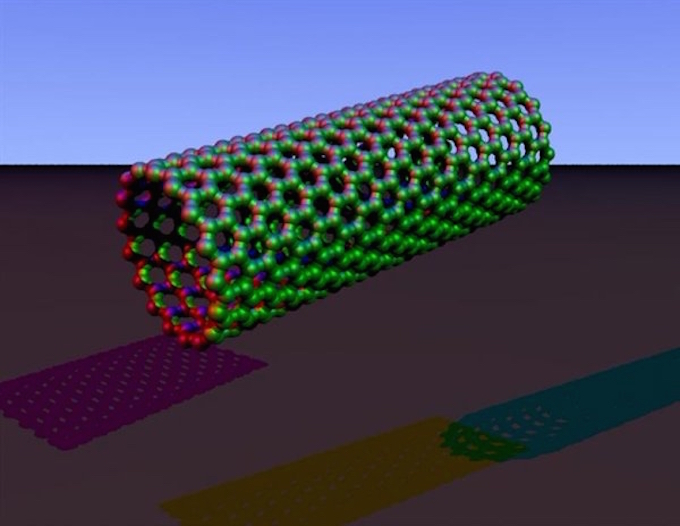
Real-time estrogen sensor
Natalie Plank and Victoria University colleagues have developed an estrogen sensor that sends an electrical signal when it detects the hormone in liquids. The device attracts DNA pieces called aptamers, which attach to estrogen molecules, to carbon nanotubes. The nanotubes act like transistors, emitting an electric signal if estrogen molecules are present. The technology…
Got any book recommendations?